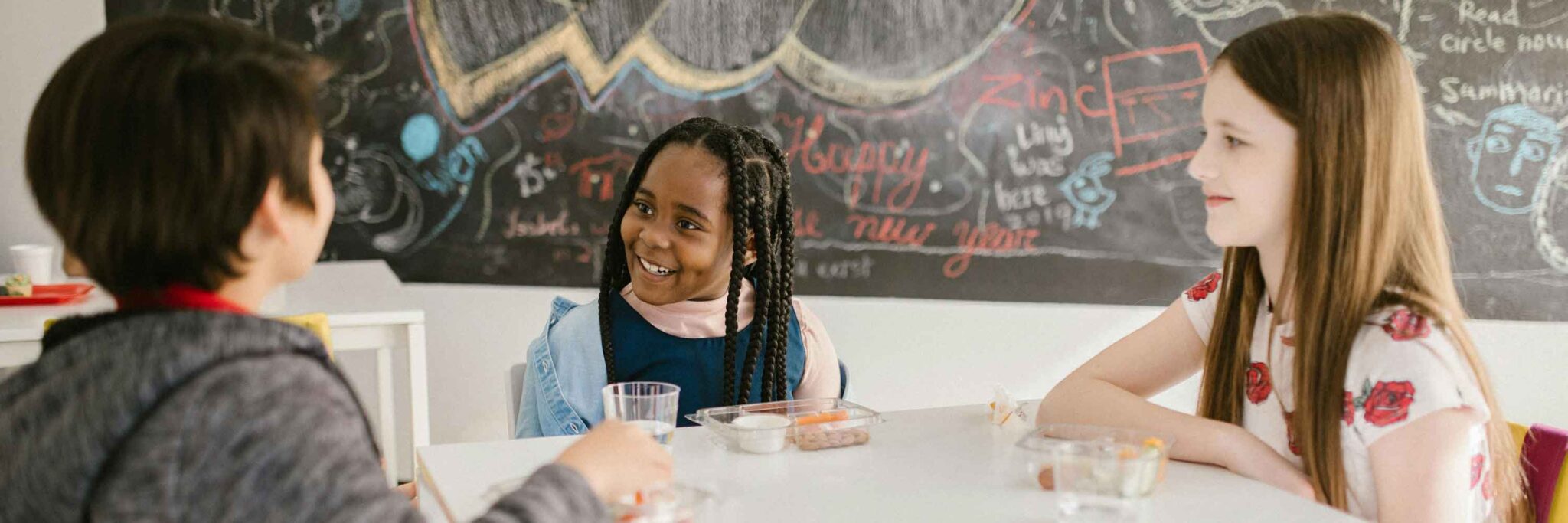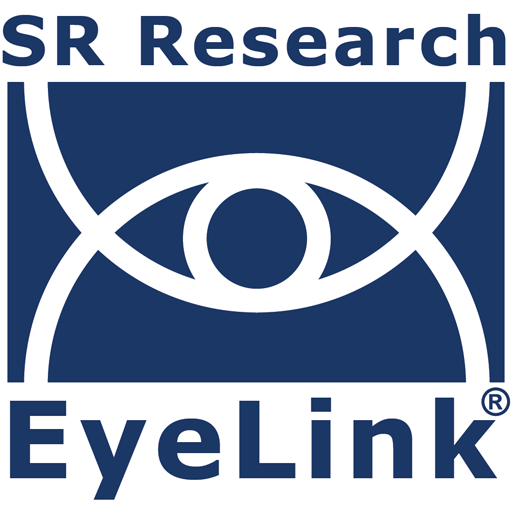案例研究:学龄儿童的实时语音竞争和语义激活

研究语言习得的传统方法通常依赖于提供结果快照的行为反应,而不是认知过程的动态展开。在他们最近的研究论文“词汇处理的发展:学龄儿童的实时语音竞争和语义激活,”Jeppsen等人(2024)试图了解学龄儿童和青少年的单词识别、语音竞争和义义激活的实时机制。研究人员记录了参与者在听到单词和观看图像阵列时的眼球运动,这是视觉世界对位(VWP)的一个版本
眼动追踪和语音竞赛任务
凝视被SR Research记录下来EyeLink 1000眼动仪,使研究人员能够精确跟踪哪些词汇候选者被激活,以及它们之间的竞争是如何在毫秒内解决的。
例如,在语音竞争任务中,参与者在观看包含语音相似的竞争对手(如“三明治”)和无关项目的图像时听到了一个目标单词(如“凉鞋”)。眼球运动显示,在“凉鞋”(例如“sa-”)开始时,参与者最初会同时关注目标和队列竞争对手(“三明治”)。随着更多的单词展开,关注点发生了变化,队列竞争对手被压制,目标成为唯一的焦点。这种毫秒级的精度有助于揭示激活的词汇候选者的动态相互作用和歧义的逐渐解决。
研究发现,年龄较大的儿童更容易开始目标注视并抑制竞争对手,这表明随着年龄的增长,单词识别效率更高。
眼动追踪和词汇处理任务
Jeppsen等人还试图弄清词汇处理的发展变化是语言特有的,还是可归因于更广泛的领域——一般认知变化。为了解决这个问题,他们采用了一项非语言VWP任务,使用不易命名的彩色新颖形状,为口语任务提供了一个纯粹的视觉模拟。
研究人员从语言和非语言任务中提取了类似的眼动追踪指标(目标时间、竞争对手发作、竞争对手偏移)。通过比较这些指标,他们可以从统计学上确定年龄(索引语言特定发展)与视觉认知技能(索引领域一般发展)的独特贡献。即使在控制了视觉认知技能之后,口语识别中的目标时间也显示出年龄的独特影响,这一发现为语言特异性发展提供了令人信服的证据。如果没有这两项任务的详细眼动追踪数据,这种细微的区别是不可能的。
眼动追踪在心理语言学中的应用
Jeppsen等人(2024)的研究强调了眼动追踪技术在心理语言学中的力量。通过在语言理解过程中提供连续、高分辨率的注意力和认知处理记录,眼动追踪使研究人员能够:
- 揭示语音竞争和单词识别的实时动态。
- 区分语言特定和领域一般对词汇发展的贡献。
- 阐明语音加工和语义激活之间的关系。
这项研究表明,对于旨在捕捉人类认知短暂、动态本质的研究来说,眼动追踪不仅是一种工具,也是进入大脑不可或缺的镜头。
有关眼动追踪如何帮助您的研究的信息,请查看我们的解决方案和产品页面或联系我们。我们很乐意为您提供帮助!
